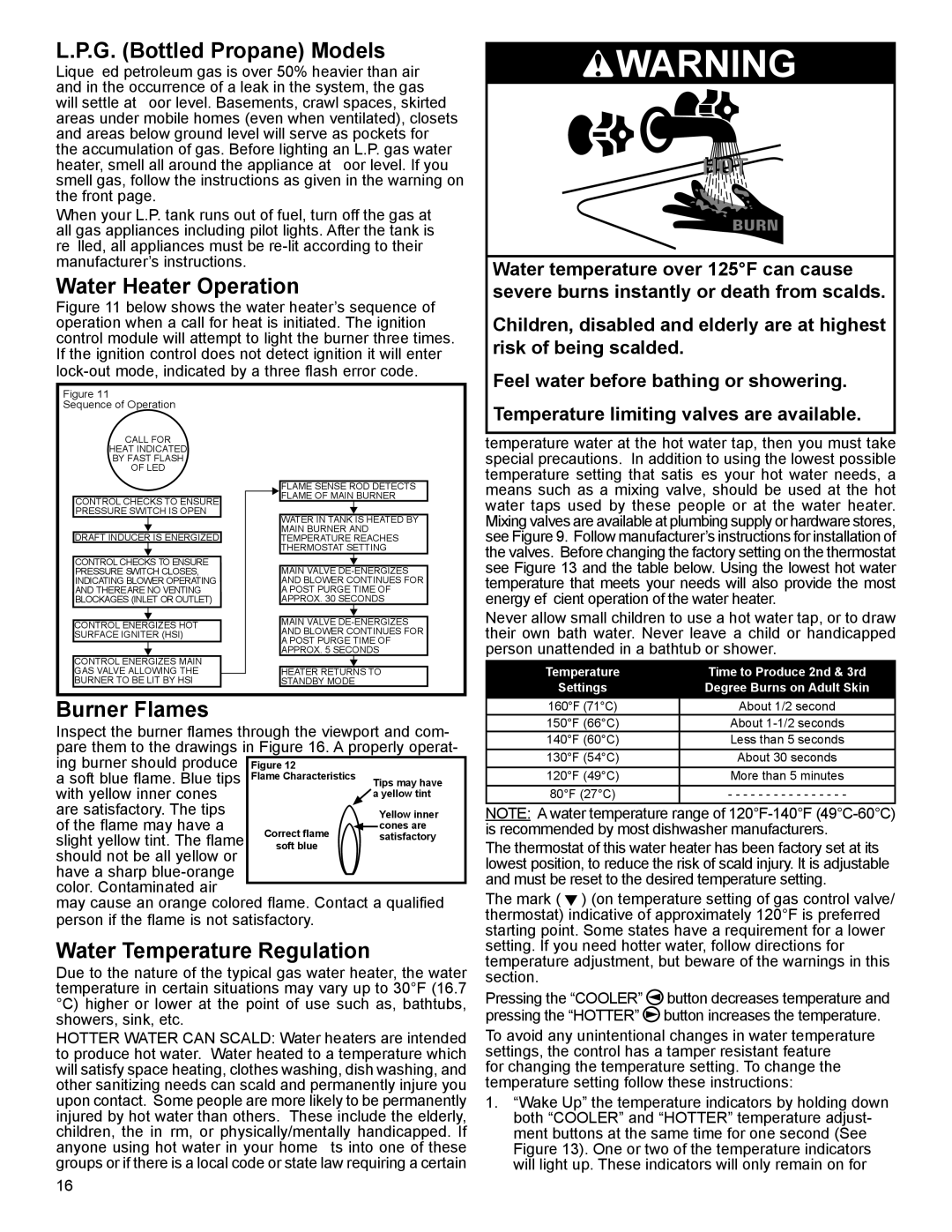40-42K BTU, 50-60K BTU specifications
When it comes to reliable water heating solutions, American Water Heater Company stands at the forefront of the industry, offering a range of models, including those with 50-60K BTU and 40-42K BTU capacity. These water heaters are engineered to deliver consistent and efficient hot water supply for residential and commercial applications.One of the standout features of American water heaters is their advanced insulation technology. These units come with high-density foam insulation that minimizes heat loss, ensuring that the water remains hot for extended periods. This feature not only improves energy efficiency but also reduces operating costs for users.
For the 50-60K BTU models, American Water Heater employs a powerful gas burner system that offers quick recovery rates, making it an ideal choice for larger households or businesses that require a high volume of hot water. This capability ensures that there is always an adequate supply of hot water for multiple simultaneous tasks, such as showering, washing dishes, and laundry.
On the other hand, the 40-42K BTU models provide an excellent balance between performance and energy conservation, making them suitable for medium-sized homes. These units are equipped with electronic ignition systems that enhance reliability and safety while providing a user-friendly experience. The electronic igniter eliminates the need for a pilot light, reducing gas consumption and increasing energy efficiency.
Durability is another hallmark of American Water Heater products. Constructed with robust materials, these units are designed to withstand the rigors of daily use while also resisting corrosion. This ensures a longer lifespan and reduces maintenance costs over time.
Safety features are also a priority for American Water Heater. Many models incorporate advanced safety systems, including temperature and pressure relief valves, ensuring user safety and compliance with building codes.
In terms of technology, American Water Heaters often include features that promote user convenience, such as programmable thermostats and easy-to-read digital displays. These allow homeowners to customize their hot water settings to fit their lifestyle, optimizing both comfort and energy efficiency.
Overall, American Water Heater’s 50-60K BTU and 40-42K BTU models epitomize quality, efficiency, and innovation in water heating technology, making them a preferred choice for consumers seeking effective and dependable hot water solutions.

